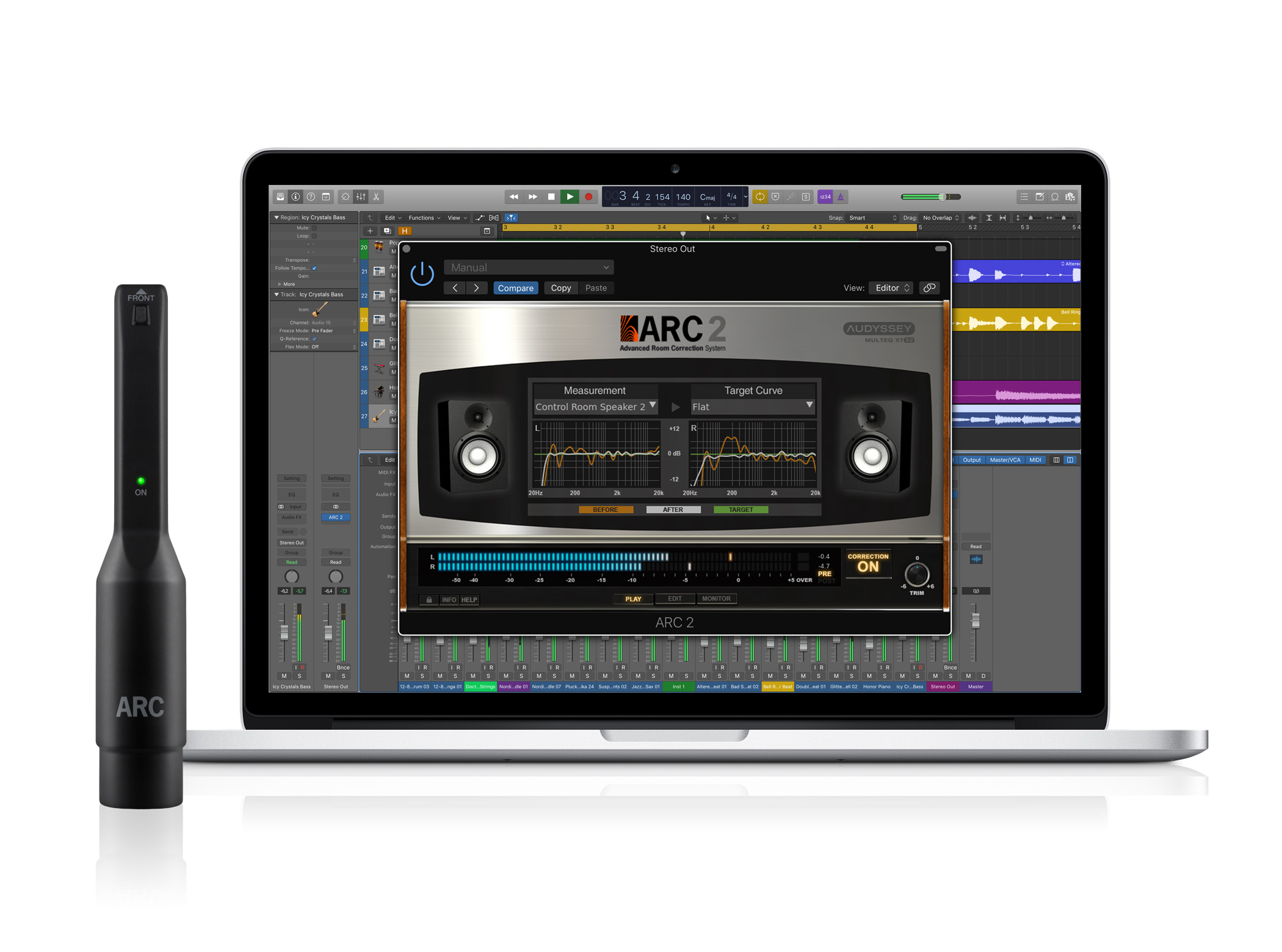- Thread Starter
- #221
For the third time. Both of your microphones are omnidirectional. This is stated by the manufacturers of both microphones themselves.
Neither of them are ‘unidirectional’, as this would be a literal laser beam.
Incorrect. Here is an example. I measured a single Faital Pro 3FE22 driver resting on it's box on my desk, with an Earthworks M30 microphone at 10 centimetres, using an 87.4 second stimulus with the AFMG EASERA TDS module. No post-processing windowing is applied.
Due to the way Time Delay Spectrometry works, we can consider this to be about as a reflection-free measurement as possible in the circumstances.
I then duplicated the trace, and edited the data directly to set the magnitude from 30 Hz to 200 Hz to a flat value at 91 dB. Markers are added to the traces to show the level increase over the original measurement.
View attachment 175440
This modification is linear phase, as you can see here in the phase trace of both data sets. The same cursors are visible, confirming identical phase at the adjusted frequencies:
View attachment 175441
Here are the two impulse responses, overlaid
View attachment 175443
You can barely see the shift in the blue modified data, so here it is zoomed in. The later part of the IR deviates more, as you'd expect from increased energy.
View attachment 175442
And here we have the two step responses. Again, blue trace is the artificially modified magnitude response with much more energy in the sub region, but no change in phase:
View attachment 175444
your step response view does not show good the range from 0-1 ms. only this range is important for mid speed. i have upload rew another measure file, also do with a diffrent position. step response stay same. try yourself. linear phase filters do prering, this can also influence the step response. just try the test with a subwoofer and without subwoofer and do not change EQ and show the step response range from 0- 4 ms


